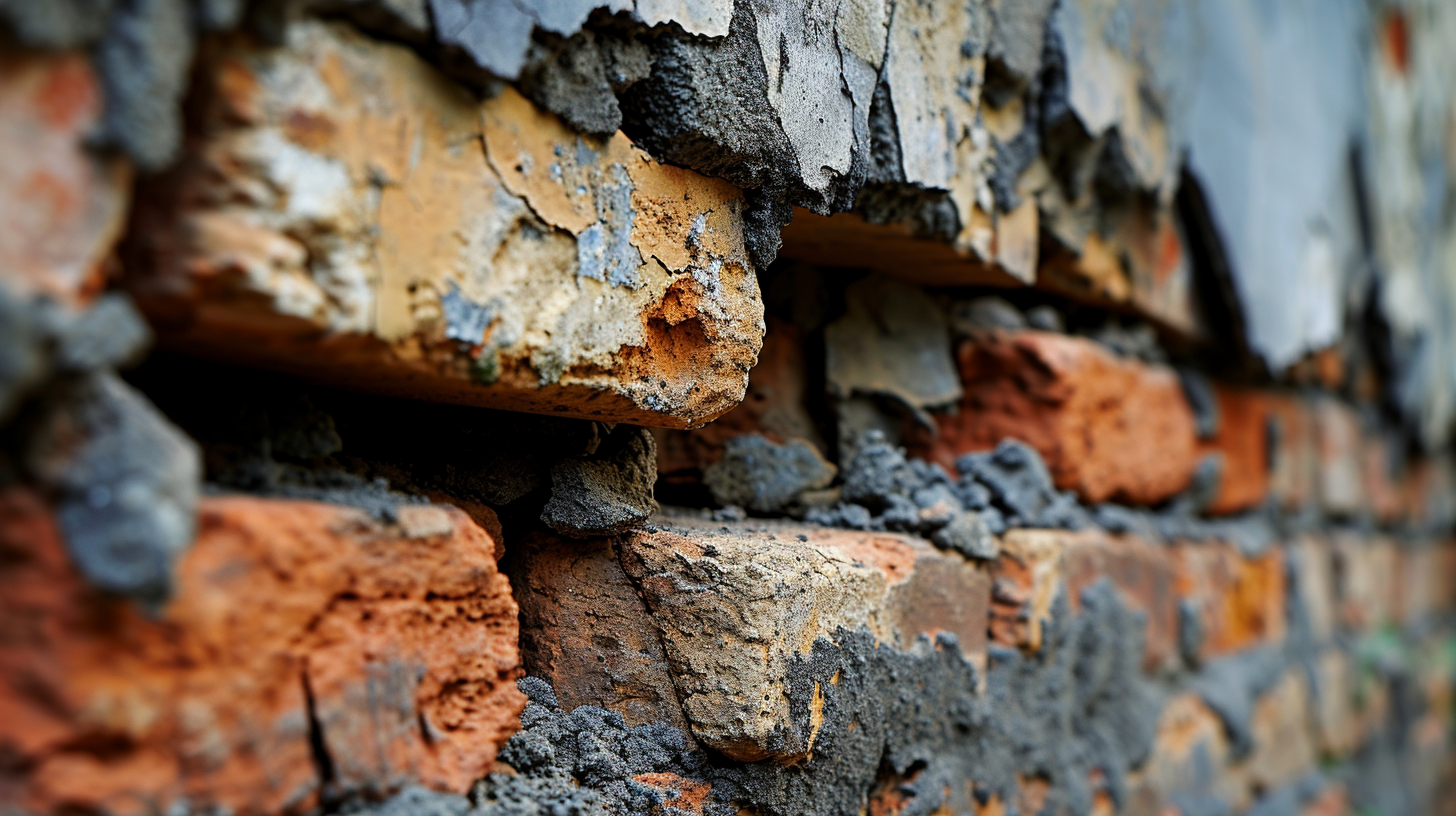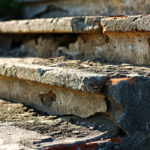Last Updated on 26th December 2023
In this comprehensive guide, we will delve into the art of repairing a cracked foundation. A cracked foundation can lead to serious structural issues if left unaddressed, making it imperative to understand the causes and severity of such cracks. This article will provide step-by-step instructions on repairing the foundation, from preparation to choosing the right repair method. Additionally, we will explore preventive measures to ensure the longevity and stability of your foundation.
Understanding the Causes of Foundation Cracks
One possible cause of foundation cracks is poor soil compaction, which can lead to settling and subsequent structural damage. When the soil beneath a foundation is not properly compacted, it can become loose and unstable over time. This can result in the foundation settling unevenly, causing cracks to form. These cracks may start small, but they can widen and deepen over time if not addressed promptly.
To identify foundation cracks, homeowners should look out for common signs such as visible cracks in the walls, floors, or ceilings, doors and windows that no longer open or close properly, and uneven or sloping floors. If any of these signs are present, it is important to seek professional assistance to assess the severity of the issue and determine the appropriate course of action.
Professional assistance is crucial when dealing with foundation cracks, as experts can perform a thorough inspection to identify the underlying cause and recommend the most effective repair methods. They have the knowledge and experience to accurately assess the situation and provide long-lasting solutions to prevent further damage. Ultimately, addressing foundation cracks promptly and seeking professional assistance can help preserve the structural integrity of the building and prevent costly repairs in the future.
Assessing the Severity of the Crack
To accurately assess the severity of the crack, it is essential to consult with a professional and conduct a thorough inspection of the foundation. A professional evaluation is crucial to determine the extent of the damage and the appropriate course of action for repair. The severity assessment of a crack involves examining various factors such as the size, length, and width of the crack, as well as any noticeable displacement or movement of the foundation. Additionally, the presence of water leakage or structural instability should also be considered during the evaluation process. By relying on a professional’s expertise, homeowners can gain valuable insights into the severity of the crack and make informed decisions regarding the necessary repairs. It is important to address foundation cracks promptly to prevent further damage and ensure the stability and safety of the structure.
Preparing the Foundation for Repair
Before undertaking any repairs, it is crucial to thoroughly assess and inspect the foundation to identify the extent of the damage. This includes checking for any underlying issues that may have caused the crack. Once the assessment is complete, necessary repairs can be determined, and the appropriate materials can be gathered for the repair process.
Assessment and Inspection
Conducting a thorough assessment and inspection of the foundation is crucial in determining the extent of the damage and identifying the necessary repairs. Foundation crack prevention is essential in maintaining the structural integrity of a building. It is important to be aware of the signs of foundation damage, such as cracks in walls, uneven floors, or doors and windows that are difficult to open or close. During the assessment, a professional will inspect the foundation for any visible cracks or structural issues. They may also use advanced techniques, such as ground-penetrating radar or infrared imaging, to detect hidden damage. Based on the assessment, the necessary repairs can be determined, which may include crack injections, foundation underpinning, or complete foundation replacement. By conducting a thorough assessment and inspection, the appropriate repairs can be undertaken to ensure the stability and safety of the foundation.
Necessary Repairs and Materials
Two necessary repairs that should be considered for a cracked foundation are crack injections and foundation underpinning. When it comes to repairing a cracked foundation, these two methods are widely used and proven to be effective. Crack injections involve injecting a specialized material into the cracks to seal and stabilize them. This material is usually a combination of epoxy or polyurethane, both of which are strong and durable foundation repair materials. On the other hand, foundation underpinning involves strengthening the foundation by adding additional support to the existing foundation. This can be done by installing piles or helical piers deep into the ground to provide added stability. These repairs are essential for addressing common foundation issues such as settlement, shifting, and structural damage. By incorporating crack injections and foundation underpinning, homeowners can ensure the long-term stability and safety of their foundation.
Choosing the Right Repair Method
When it comes to repairing a cracked foundation, choosing the right repair method is crucial. Homeowners should consider cost-effective options that provide long-term durability solutions. By carefully evaluating different repair methods, homeowners can ensure that they make the best choice for their specific foundation issues.
Cost-Effective Repair Options
There are several cost-effective repair options available for homeowners to consider when addressing a cracked foundation. One of the most affordable solutions is to use DIY techniques. Homeowners can purchase foundation repair kits from home improvement stores, which typically include epoxy or polyurethane injections that can fill and seal cracks. These kits come with detailed instructions, making it possible for homeowners to complete the repair themselves. Another DIY technique is to use hydraulic cement, which can be mixed with water and applied to the crack. This cement expands as it dries, creating a strong bond and preventing further cracking. It is important to note that while DIY techniques can be cost-effective, they may not be suitable for all foundation issues. In some cases, it may be necessary to consult a professional foundation repair company for more extensive repairs.
Long-Term Durability Solutions
To ensure the long-term durability of the foundation repair, homeowners should carefully consider both the effectiveness and cost-effectiveness of different repair methods. When it comes to addressing cracked foundations, foundation reinforcement techniques and waterproofing solutions are two key aspects to consider. Foundation reinforcement techniques involve strengthening the foundation to prevent further cracking or shifting. This can include methods such as installing steel piers, helical piers, or carbon fiber straps to provide added stability. On the other hand, waterproofing solutions are essential to prevent water intrusion into the foundation, as water can exacerbate cracks and cause additional damage. These solutions may include applying waterproof coatings or sealants to the foundation walls, installing a drainage system to redirect water away from the foundation, or even waterproofing the entire basement area. By combining effective foundation reinforcement techniques with appropriate waterproofing solutions, homeowners can ensure the long-term durability of their foundation repairs.
Step-by-Step Guide to Repairing a Cracked Foundation
Inspecting the extent of the crack and identifying the underlying cause is the first step in the step-by-step guide to repairing a cracked foundation. Assessing crack severity is crucial in determining the appropriate repair method and materials. Minor cracks that are less than 1/4 inch wide can often be repaired with basic materials such as epoxy or polyurethane injection. However, for more severe cracks, professional intervention may be required. In some cases, foundation repair materials such as carbon fiber or steel strips may be necessary to reinforce the foundation and prevent further cracking. It is important to consult with a qualified foundation repair specialist to ensure that the appropriate materials and techniques are used to effectively repair the cracked foundation and prevent future issues.
Preventing Future Foundation Cracks
We should prioritize regular maintenance and address any underlying drainage issues to effectively prevent future foundation cracks. Implementing preventative measures and maintenance techniques can significantly reduce the risk of foundation damage. One key preventative measure is to ensure proper grading around the foundation, allowing water to flow away from the structure instead of pooling around it. Additionally, maintaining a consistent moisture level in the soil around the foundation can help prevent the expansion and contraction that leads to cracks. Regularly inspecting and repairing any cracks or gaps in the foundation, as well as keeping gutters and downspouts clear of debris, is also crucial. By taking these proactive steps, we can minimize the likelihood of foundation cracks and avoid costly repairs in the future.




